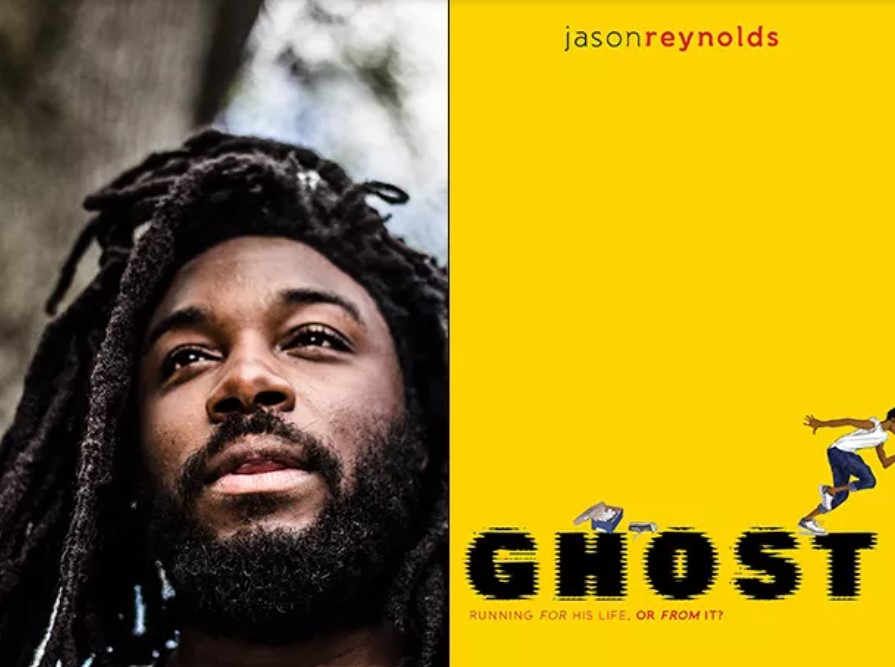When Reservation Dogs first made its debut on Hulu back in August of 2021, it made headlines for being the first television series to include an entirely Indigenous crew of writers and directors. On top of that, the cast and production team were also predominantly comprised of Indigenous people. Even the day on which the show made its debut was significant, as it coincided with the International Day of the World’s Indigenous Peoples. In late September of this year, the series finally came to an end, much to the disappointment of fans from all corners of life.
Reservation Dogs takes place in a small Muscogee Nation town in rural Oklahoma. The show follows the lives of four Indigenous teens as they grapple with the loss of their close friend Daniel and attempt to find their purpose in fulfilling his legacy. One of Daniel’s biggest dreams was to leave everything behind and move to California with his friends. As they come together to make plans for their journey, conflict ensues and puts their plans on a brief hold. They realize that before they set off they must address underlying issues amongst themselves.
After a tumultuous journey, the group finally reaches California and is confronted with the realization that not everything is what they thought it would be. The problems they left behind at home morph into even larger problems in California.
In the third and final season that concluded late last month, the history of the elders is explored and connections are drawn between the past and present. The storyline contrasts the lives and experiences of the elders with the younger generation, the Rez Dogs.
Reservation Dogs is unique in that it platforms Indigenous and First Nations actors in an industry that suffers from a severe lack of representation. Prior to its release, there were not many productions in television that specifically focused on specifically Indigenous issues and livelihoods. Oftentimes in the film industry, Indigenous characters are portrayed negatively or in a stereotypical light. Reservation Dogs pushes back against this narrative by offering a positive alternative.
Many Indigenous viewers have come forward to show their appreciation for the series, seeing as it provides a sense of relatability for many of the experiences they had growing up. While not everyone can relate to each character’s individual story, the show makes a strong effort to tie in cultural relics and experiences. The use of NDN slang is apparent throughout the show with terms such as, ‘skoden,’ ‘aho,’ and ‘cvbon’ frequently used. There are numerous inside jokes and references that may only be understood by members of the Indigenous community.
One fan of the show is Liberty senior Amayah Spottedcrow, who is a member of the Seminole Nation of Oklahoma. She expressed her admiration for how Indigenous people are portrayed and the information that non-Indigenous people can take away from it.
“I think that Reservation Dogs humanizes [Indigenous people] in a way. It shows everyone that we are normal people just like everyone else and that we do still exist. I think from watching the show, a lot can be learned by non-Indigenous people about our culture, beliefs, and traditions,” said Spottedcrow.
As one of the only Indigenous students at Liberty, Spottedcrow admits that it is difficult dealing with the ignorance from people who are unaware of Native customs and traditions, nonetheless existence. Even outside of Fauquier County, only 1.5% of the population in the state of Virginia identified as American Indian or Alaska Native in 2020, according to the U.S. Census. She hopes that this series will spread awareness and enlighten students at Liberty of Indigenous culture.
“It is really hard being one of the only Indigenous people in the community because a lot of people lack a basic understanding of our culture. While it’s difficult, I’m still very in touch with my culture and beliefs. There’s not a big population in Virginia, but I’ve still managed to connect with my heritage by attending different cultural events and pow-wows in Richmond and Maryland,” said Spottedcrow.
There are also many students at Liberty who do not identify as American Indian or Alaska Native but have used it as an opportunity to learn more about Indigenous people and traditions.
“For me, Reservation Dogs was insightful because it educated me on a lot of the traditions and cultural aspects of the Indigenous community. I think it’s imperative that everyone watches it because Indigenous people are often overlooked and forgotten about, which is upsetting considering that they were the first people to inhabit the United States,” said senior, Elizabeth Montecinos.
Reservation Dogs should be on the top of everyone’s watchlist now more than ever at a time when Indigenous people are left in the background of the national conversation. The National Crime Information Center reported that there were 5,712 reports of missing American Indian or Alaska Native women in 2016. The least we can do is familiarize ourselves with the Native experience, even if it is in the form of a lighthearted television series.








